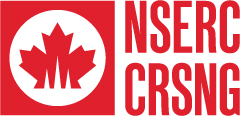NTCO AGM 2022
The fifth NTCO Annual General Meeting (AGM) was held in conjunction with SPIE in Montreal, Quebec from July 17-22, 2022. SPIE is an annual international conference and it gave our students an excellent opportunity to network with people from around the world. Our AGM was held in person on July 19th but we also had an online component for those individuals that were unable to travel to Montreal. The NTCO AGM included 20 NTCO student poster sessions and several presentations by a research institute, an industry partner, a former NTCO student, and 20 Flash Talks (given by current NTCO students). We also hosted a group dinner with NTCO students, university faculty members and industry partners.
Presentations
Research Institute Presentation:
The Trottier Institute for Research on Exoplanets (iREx) is a renowned scientific institution dedicated to the study of exoplanets. Established in 2011, the institute is based at the Université de Montréal. The institute’s primary focus is on observational and theoretical studies, as well as the development of innovative technologies and techniques for detecting and characterizing exoplanets.
Industry Partner presentation:
ABB Space and Defence Systems is a prominent company specializing in advanced technologies and systems for space and defence applications. They place a strong emphasis on research and development, collaborating closely with universities and research institutions to drive technological advancements.
Student Perspective presentation:
Alicia Anderson, a former NTCO graduate student, gave a talk about her experience in the NTCO program.
Flash talks:
Current NTCO students gave 2-3 minute presentations about their internships.
Professional Skills Development Opportunities
Lunch and Learn sessions:
Introduction to Equity, Diversity, and Inclusion (EDI):
This session consisted of a panel of four women in astronomy who shared their experiences of gender and sexuality issues in their careers. Panel members were: Alison Peck (Gemini Observatory), Alison Barto (Director at Ball Aerospace, SPIE Board of Directors), Alysha Shubert (Vera C. Rubin Observatory), and Shelley Wright (Associate Professor, UC San Diego).
Beaded Privilege:
In this session, participants constructed bracelets using sets of statements related to ability, class, gender, nationality, race, religion, and sexuality privileges. The different coloured beads on the bracelets illustrated different amounts of privilege in the attendees.
Inequitable Monopoly:
This session used a game to simulate advantages and disadvantages that could affect people’s lives.
Systematic Change:
This session was presented by Danielle Rowland (Broadening Participation Programs Manager at the National Radio Astronomy Observatory) and was a discussion on how barriers can be addressed.
SPIE Courses:
Introduction to Visible and NIR Spectrograph Design and Development for Astronomy
Systems Engineering and Large Telescope Observatories
Adaptive Optics
Cryo-vacuum Design for Ground-based Astronomy
Modern Optical Testing
MITACS Edge Courses:
Boost your career
High-performing leadership and teams
Mitacs Research and Development Management
Spur up your project management and time management skills
Photos
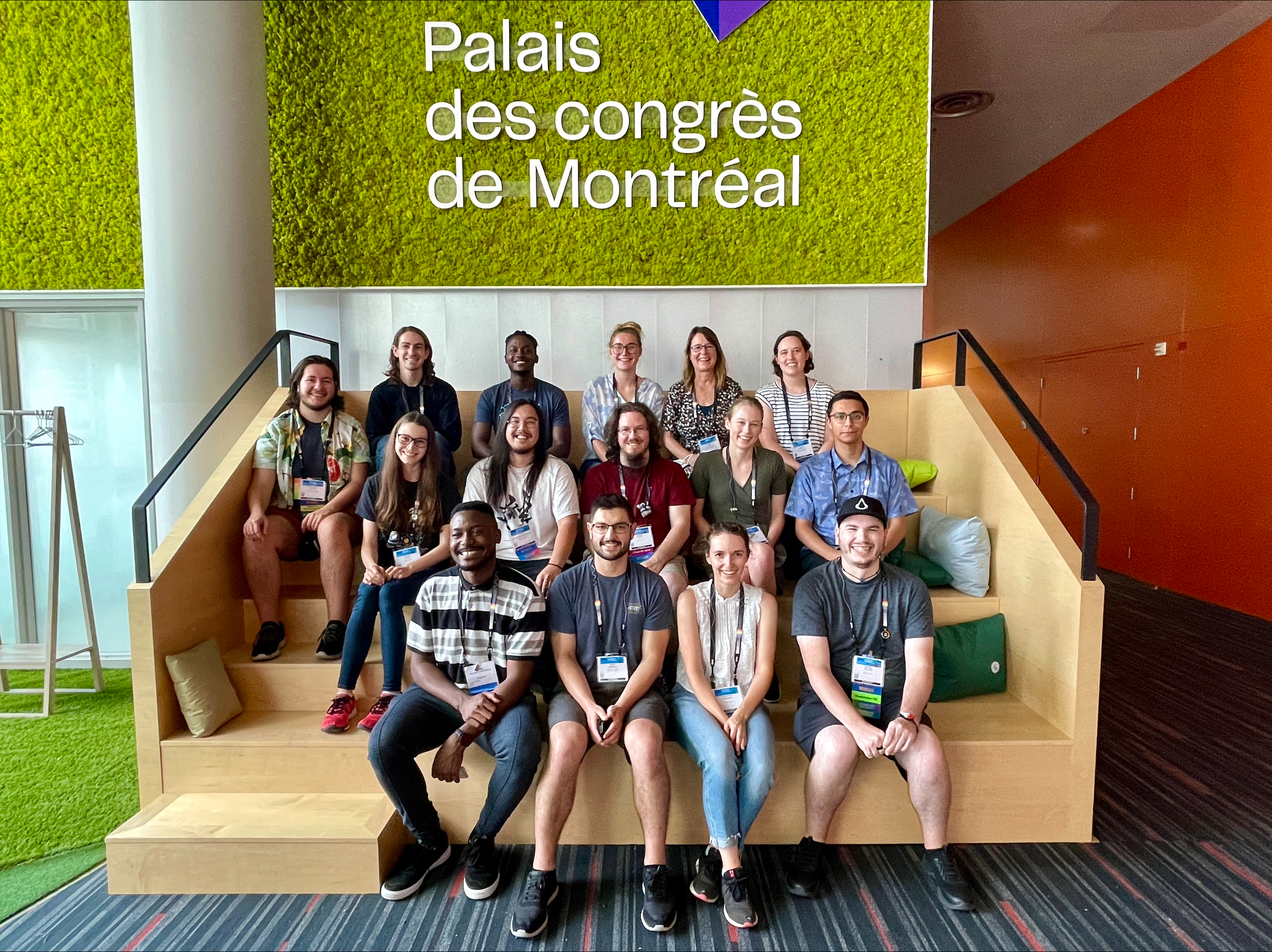
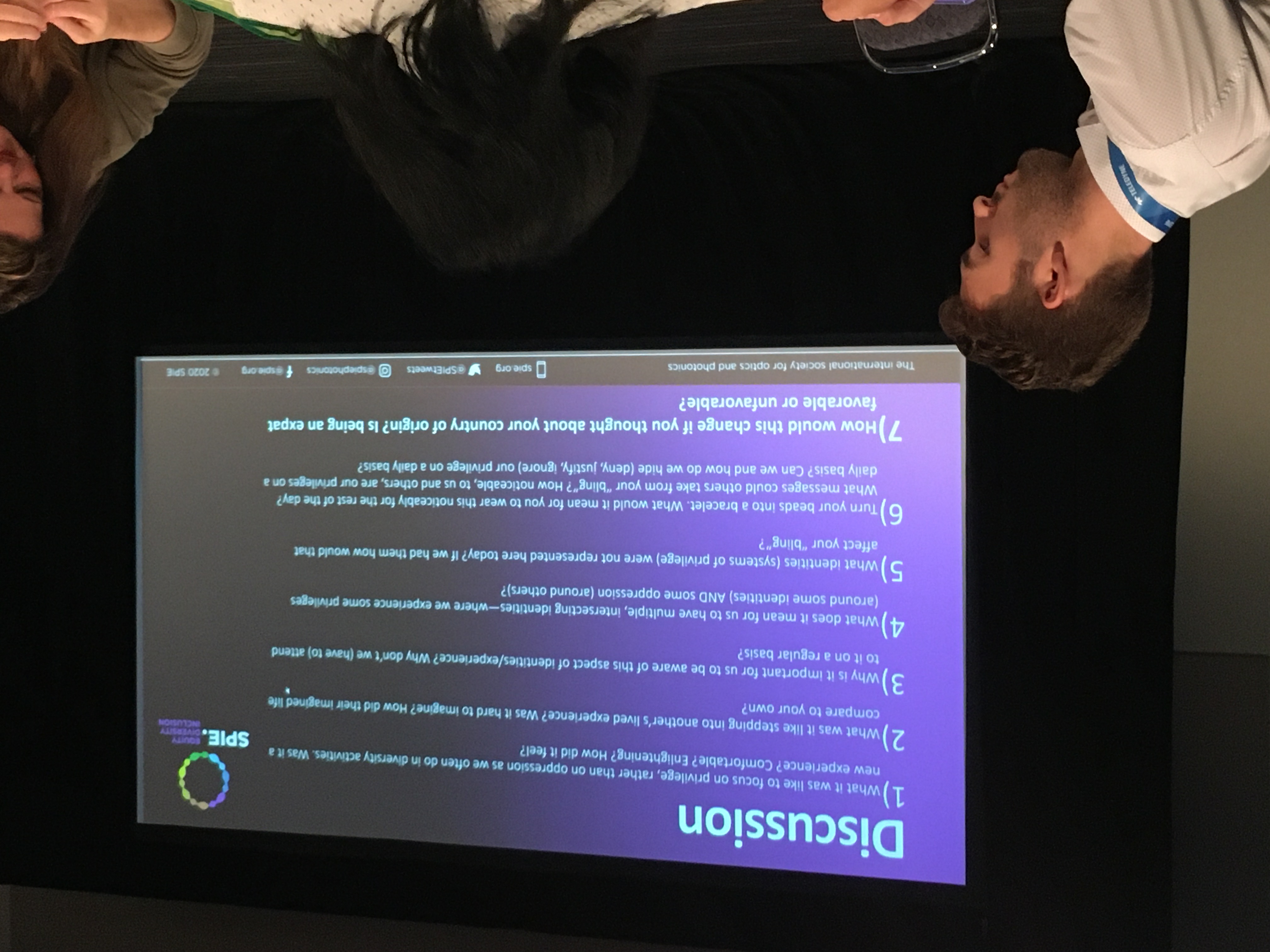
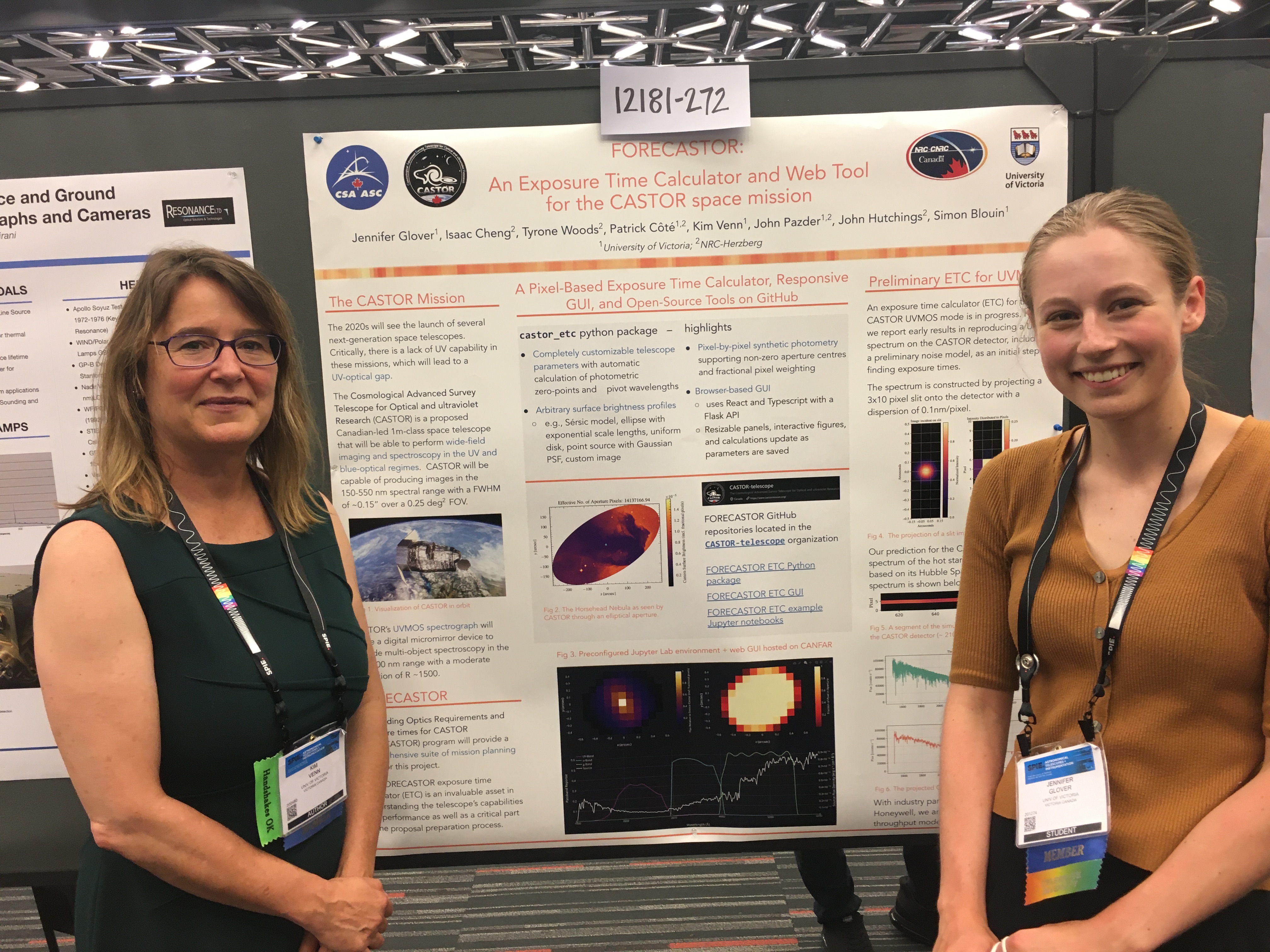

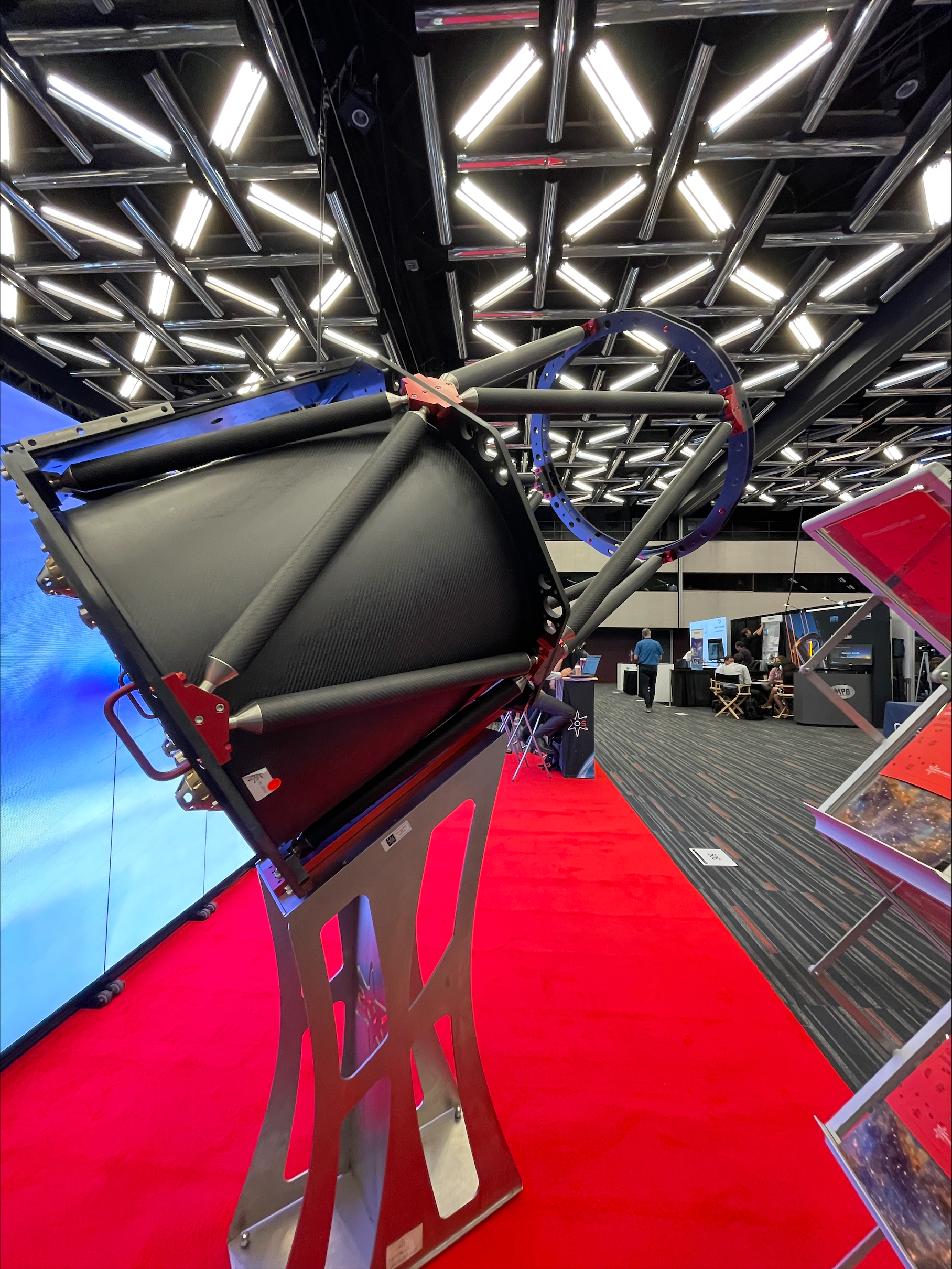
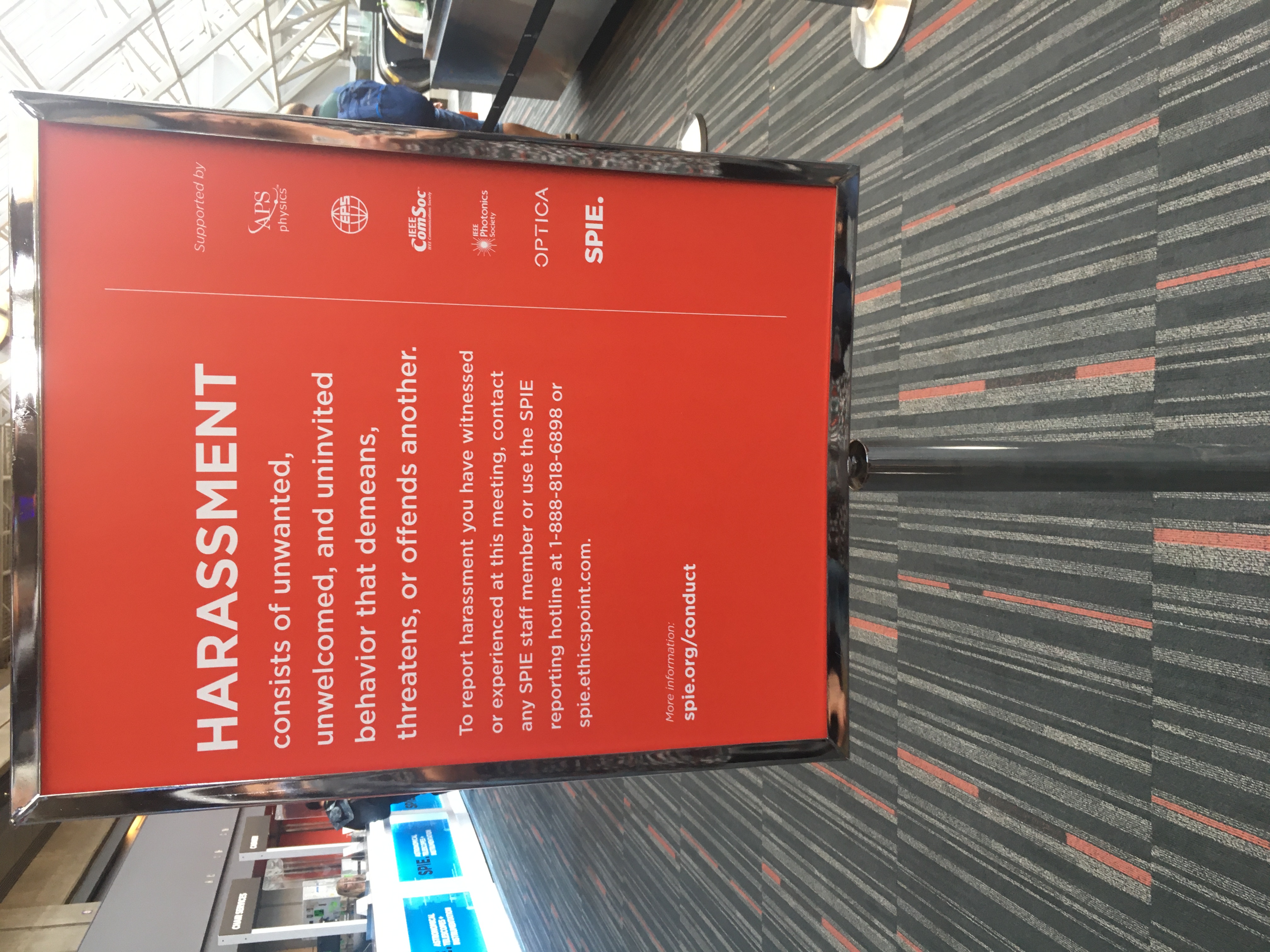
Student Posters

